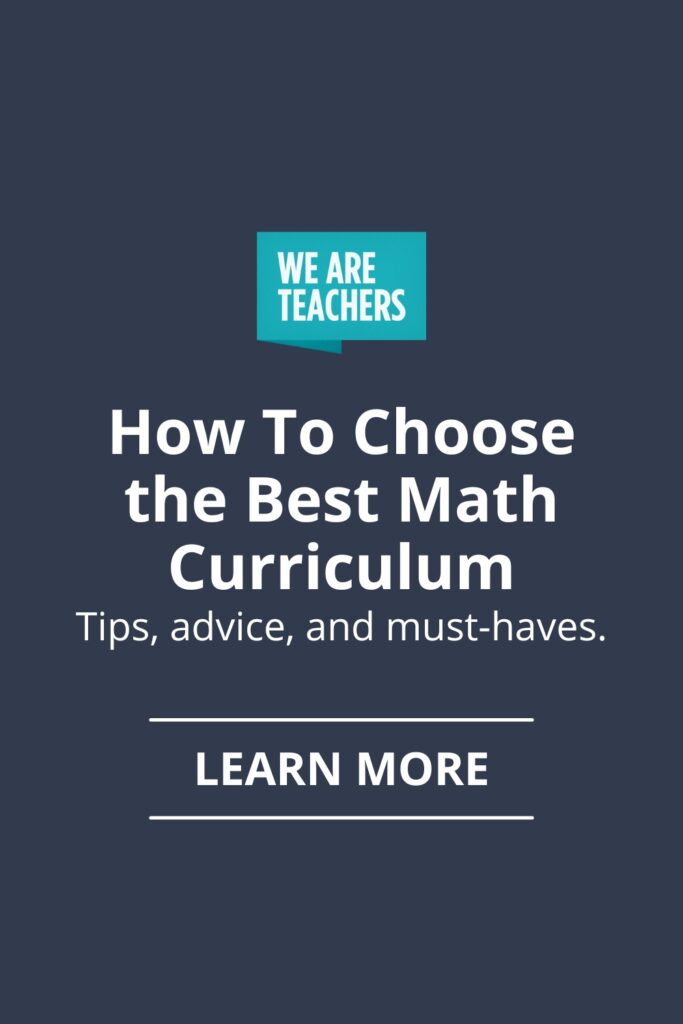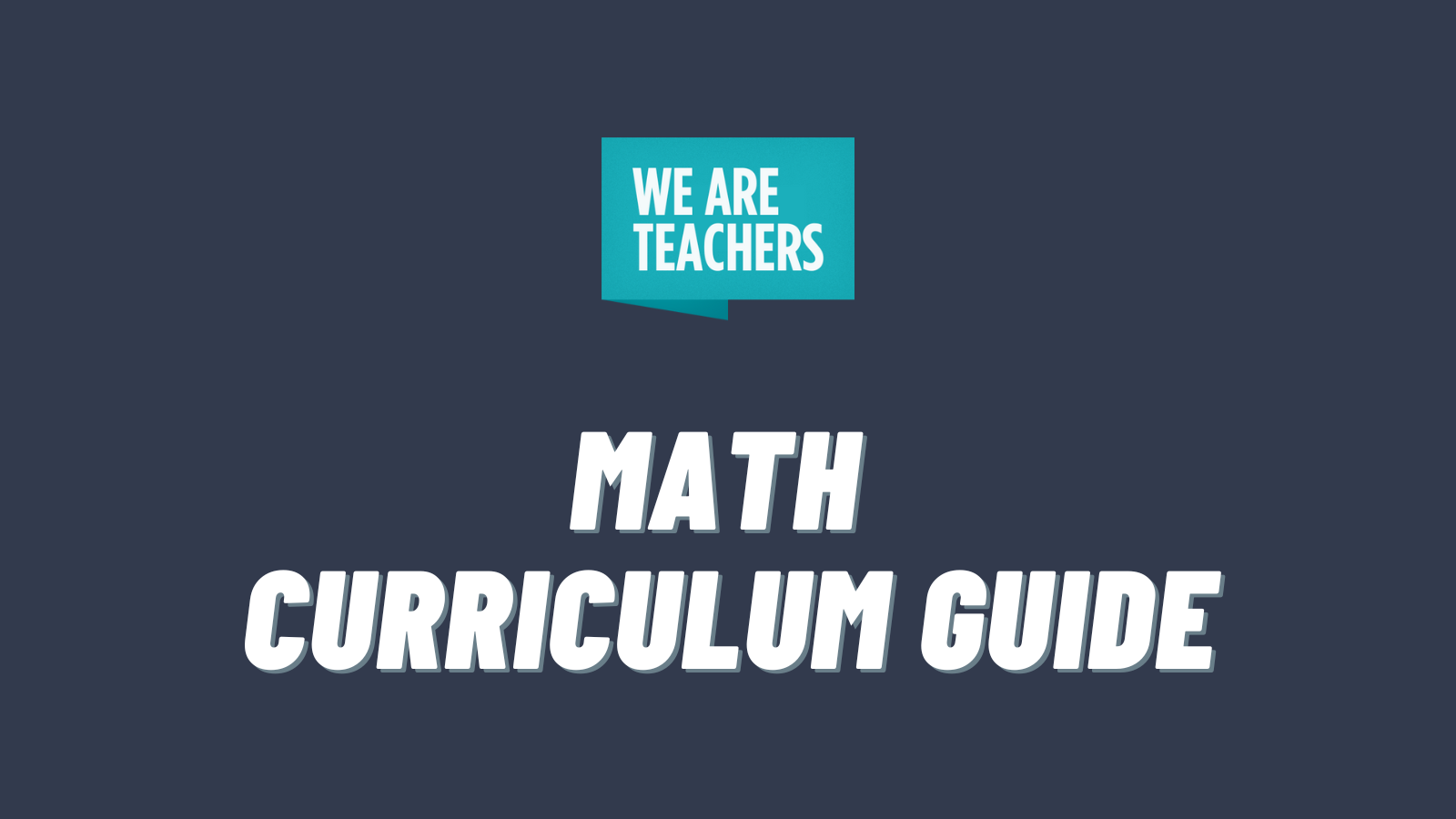Choosing and implementing an effective math curriculum can be one of the most gratifying yet demanding tasks educators face. Math scores on standardized tests have always faced scrutiny, and the effects of the COVID-19 pandemic on math achievement make the development of a strong math program even more of a priority. Additionally, parents and community groups don’t always agree on what’s best for our children, and curriculum decisions can be controversial.
Implementation of an effective math curriculum generally starts with the creation of a curriculum document. Then resources are found that best meet the math curriculum’s objectives. Some educators choose to adopt a publisher’s program in its entirety while others seek out a variety of materials.
Math Curriculum Must-Haves
Whichever path you choose, a solid math curriculum should include the following:
Alignment With State Standards
For public schools, a curriculum not in compliance with state standards is a nonstarter. State standards provide a logical prioritization of math topics and a clear progression of skills and knowledge development through the grade levels. They also provide an emphasis on mathematical process skills in addition to math content. Additionally, noncompliance can result in funding issues. (Public schools need to comply, private schools generally don’t, and rules vary by state for homeschoolers). Currently, 41 states and the District of Columbia have adopted the Common Core mathematics standards.
An Emphasis on Problem-Solving Skills
Traditionally, problem-solving skills were an afterthought in math instruction, something to add at the end of lessons consisting of rote memorization and mechanical practice of a single procedure in isolation. Too often, problems were of the “a train leaves St. Louis at 60 mph …” variety, leading kids to hate math and wonder when they would ever use what they learned. Children should be presented with problems to solve that connect to their real-world lives, providing a meaningful context for learning abstract concepts. In addition, instruction should be explicit about the problem-solving strategies students have at their disposal and develop their ability to select a strategy in a thoughtful rather than automatic way.
Development of Mathematical Discourse
For any class in any subject, observe if the teacher is doing the talking/lecturing or if the students themselves are engaged in vibrant talk. This is particularly important in mathematics instruction, where student reasoning skills are developed when they are required to cite evidence to support their claims. Furthermore, reasoning skills are promoted when students are expected to respectfully critique their classmates’ arguments. Getting kids to respectfully engage in lively talk with their peers doesn’t happen automatically but is the result of high expectations and careful coaching.
Meeting the Needs of Diverse Learners
Does the program provide for remediation and/or enrichment for students who need it? Can tasks be modified to meet the needs of the different skill levels in the class? Is the math curriculum equitable?
Time for Metacognition and Reflection
When students have an awareness of their own thought processes (metacognition) and time to reflect on what they’ve learned, they can more easily connect new skills and knowledge to what they’ve already learned. They can select a problem-solving strategy they’re comfortable with that will help them be successful. Finding time to teach metacognition skills and give students time to reflect isn’t easy. The reflection part of any lesson is usually the first to go when time gets tight.
Acceptance of Varied Representation of Math Ideas
Students best learn math when they can create models to represent concepts. At the elementary level, these models can include drawings, manipulatives, diagrams, and more that help them make abstract concepts concrete. Students can then move to more abstract ways of representing their math thinking by using numbers, symbols, and the like.
Use of Assessment To Guide Instruction
Traditionally, math programs have included summative assessments, given at the end of a unit of study to measure student achievement. It is also important to make frequent use of formative assessments, given during a unit to provide teachers with data on student understanding to help them make mid-course corrections during a lesson and to modify future lessons.
Next Steps
Once you’ve chosen your math curriculum, be sure to invest in the following areas to ensure you get the best results.
Supplemental Materials
To successfully implement the new math program, it’s necessary to invest in books, manipulatives, and other materials.
Instructional Time
Another investment that shouldn’t be overlooked is the investment of time. Teachers should be given sufficient time in their schedules for math instruction.
Professional Development
Finally, investment is needed to train the people who make the curriculum happen: the teachers! Teaching isn’t a matter of simply distributing materials and overseeing well-designed, engaging lessons. The skill of teachers helps students connect the activity they’ve engaged in during the lesson with a deeper understanding of the relevant math concept. In addition to training the faculty on the particulars of the new program, some teachers may need training in math content. It’s also a good idea to provide training in how the program flows from kindergarten to the upper grades. An elementary classroom teacher will be more effective when they understand what and how their students have learned in the lower grades and how their teaching prepares their students for the math they’ll learn in the upper grades.
Which math curriculum do you use? Come share in the We Are Teachers HELPLINE Facebook group.
Want more articles like this? Be sure to subscribe to our newsletters.


